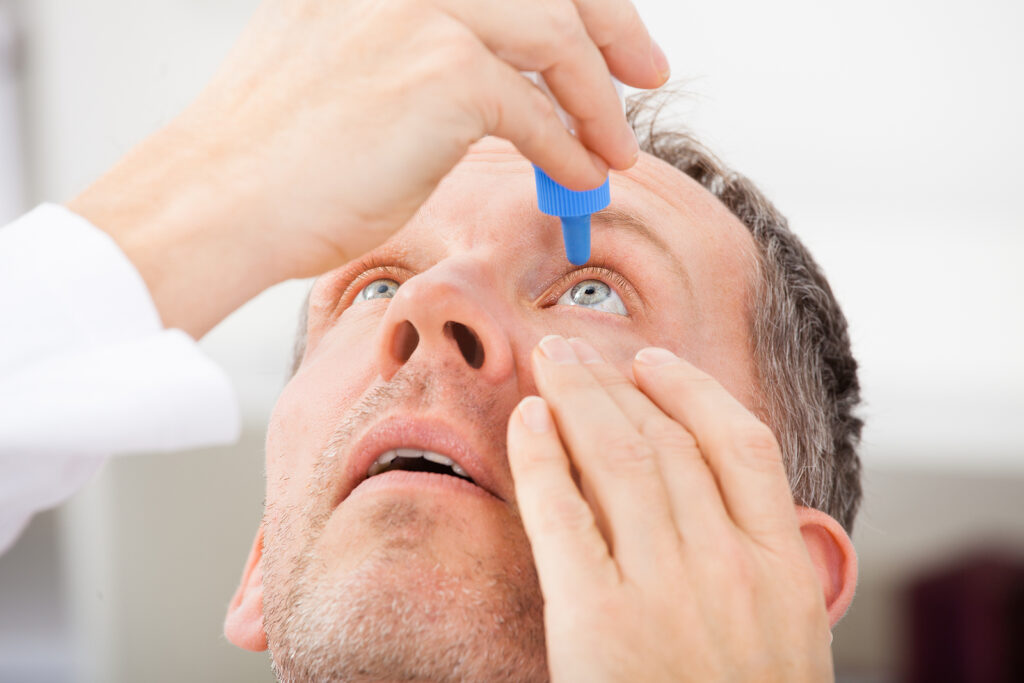By Lucy Piper, medwireNews Reporter
medwireNews: Researchers have identified rheumatoid factor as an early and persistent independent predictor of mucosa-associated lymphoid tissue (MALT) lymphoma in patients with Sjögren’s disease.
“Following up patients with high-risk of Sjögren’s disease-associated MALT lymphoma based on the temporal progression of predictors presents an opportunity for early diagnosis and potential therapeutic interventions”, say Andreas Goules (University of Athens, Greece) and colleagues in The Lancet Rheumatology.
They also found that patients with high systemic disease activity, as indicated by a high European League Against Rheumatism Sjögren’s syndrome disease activity index (ESSDAI) score of 5 points or above, had an increased risk of MALT lymphoma. And specific B-cell-derived manifestations, such as cryoglobulinaemia salivary gland enlargement, hypocomplementaemia and palpable purpura, were representative of a more advanced stage of lymphomagenesis.
“Thus, the occurrence of such manifestations should signify a warning for more intense follow-up and diagnostic testing to exclude an already underlying lymphoma”, stress the researchers.
The case-control study involved 80 patients from Greece or Italy with MALT lymphoma who had been diagnosed with Sjögren’s disease at least 3 years previously.
These individuals were matched to 80 patients who had Sjögren’s disease but not MALT lymphoma for age, sex, disease duration and treatment type.
The participants (90% women) were aged a mean 49 years when diagnosed with Sjögren’s disease and the median duration of disease before MALT lymphoma diagnosis was 9 years. Treatments included corticosteroids, hydroxychloroquine, azathioprine and methotrexate among others.
The researchers assessed for potential predictors of MALT lymphoma at three timepoints; Sjögren’s disease diagnosis (V1; n=80); 3–4 years before MALT lymphoma diagnosis (V2; n=68) and 0.5–1.5 years before MALT lymphoma diagnosis (V3; n=80).
Out of 35 parameters with clinically meaningful relevance to Sjögren’s disease, five were prominent at V1, namely rheumatoid factor, cryoglobulinaemia, anticentromere antibody pattern, an ESSDAI score of 5 points or more, and lacrimal gland enlargement. Of these, only rheumatoid factor positivity was independently associated with lymphoma risk, at a significant odds ratio (OR) of 3.33.
Ten-fold cross-validation of the predictor showed it was 77% accurate in predicting MALT lymphoma, with 64% sensitivity and 63% specificity.
Rheumatoid factor positivity at V2 was also independently and significantly associated with MALT lymphoma risk (OR=3.66), alongside an ESSDAI score of 5 points or above versus a lower score, with an OR of 3.88.
Together the factors predicted MALT lymphoma with an accuracy of 76% and a sensitivity and specificity of 69% and 82%, respectively.
However, reviewing the findings in a related comment, Suzanne Arends (University of Groningen, the Netherlands) and colleagues point out that “both the sensitivity […] and specificity […] of rheumatoid factor were low to predict MALT lymphoma at an individual patient level in clinical practice”, despite being “a significant risk factor for MALT lymphoma development at the group level”.
They add that “it would be interesting to analyse the absolute concentrations of rheumatoid factor to explore whether they increased over time in those who developed MALT lymphoma and to compare with the control group.”
When Goules and team studied the transition from Sjögren’s disease to lymphoma diagnosis in 68 patients who were consecutively followed-up from the V1 to V3 timepoints, they found that the worsening in total ESSDAI between V1 and V2 in the lymphoma group compared with controls was largely driven by significant increases in scores on the glandular, cutaneous, haematological and biological domains.
They say that this might translate to symptoms such as salivary gland enlargement, palpable purpura, lymphopaenia, cryoglobulinaemia, or hypocomplementaemia.
Between V2 and V3, patients who developed MALT lymphoma had significantly higher ESSDAI scores than those who did not, predominantly in the glandular, lymphadenopathy, articular, cutaneous, pulmonary, peripheral nervous system, haematological and biological domains.
The researchers conclude: “Our findings provide a clinically applicable roadmap on how to manage patients with Sjögren’s disease, who are prone to develop the most commonly encountered histological type of MALT lymphoma.”
They recommend evaluating for rheumatoid factor at the time of diagnosis and “ideally a minor salivary gland biopsy”, in order to “rule out underlying MALT lymphoproliferation.”
News stories are provided by medwireNews, which is an independent medical news service provided by Springer Healthcare Ltd. © 2024 Springer Healthcare Ltd, part of the Springer Nature Group
Lancet Rheumatol 2024; doi:10.1016/S2665-9913(24)00183-8
Lancet Rheumatol 2024; doi:10.1016/S2665-9913(24)00228-5

